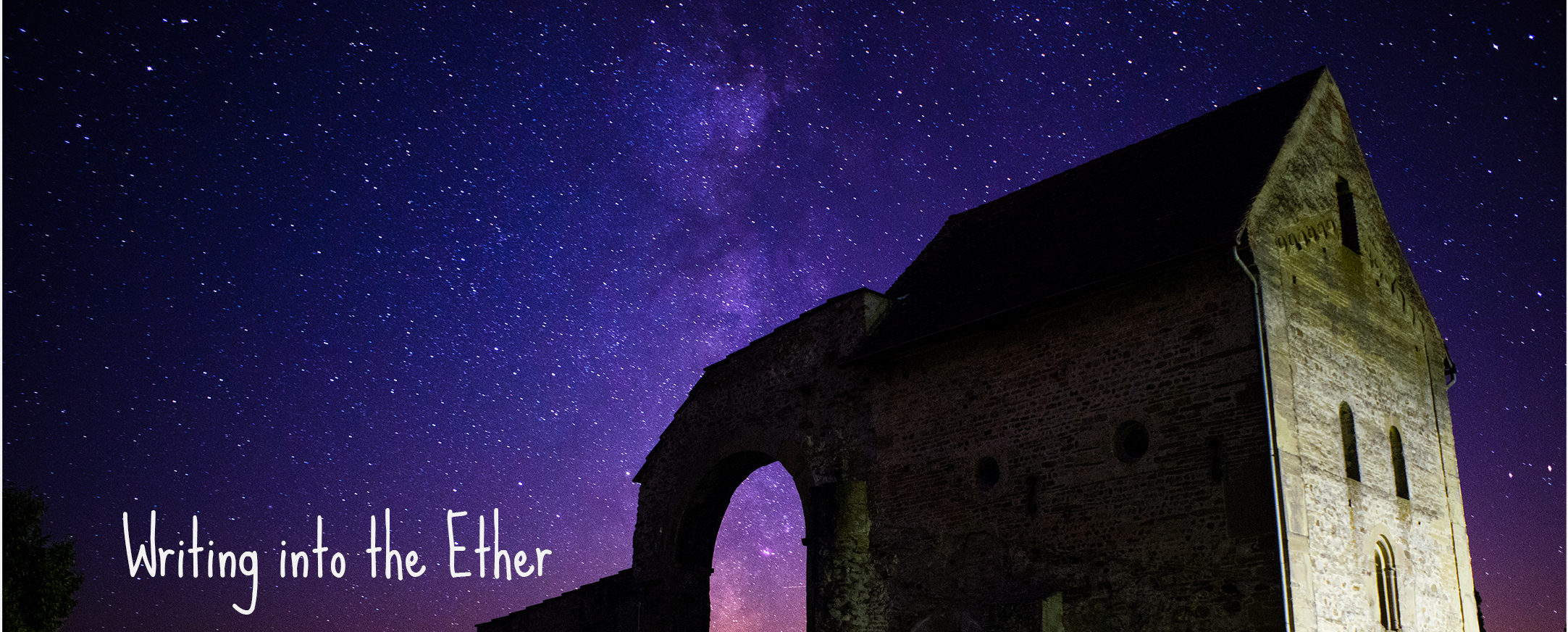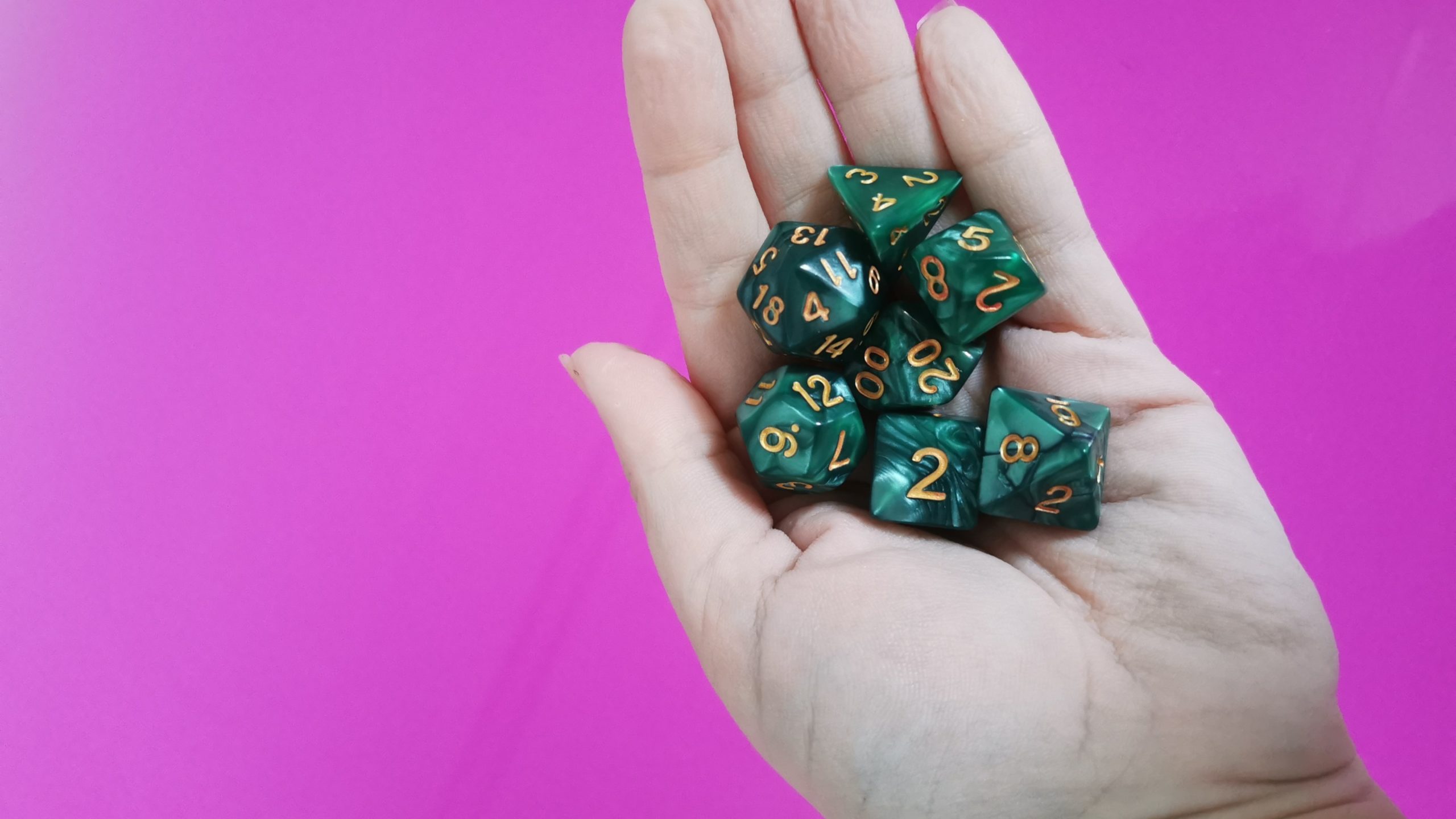Creating a diverse and norm-breaking campaign is a challenge within itself on top of a ton of things a DM already has to remember. Dungeon masters need to introduce a character, flesh them out, make them believable and make sure that the players can get a good idea of who they are in a very short amount of time. For this reason, people tend to slide into particular stereotypes and norms. Here are some easy ways you can diversify your D&D games!
It’s been so long since I’ve written about D&D! I’ve been playing and watching an awful lot of it though! I’m currently playing a regular game or two and I recently started to DM myself for a little group. This blog post is in honour of my lovely, talented DM friend and my fellow players, who are celebrating our 50th session of this campaign this weekend!
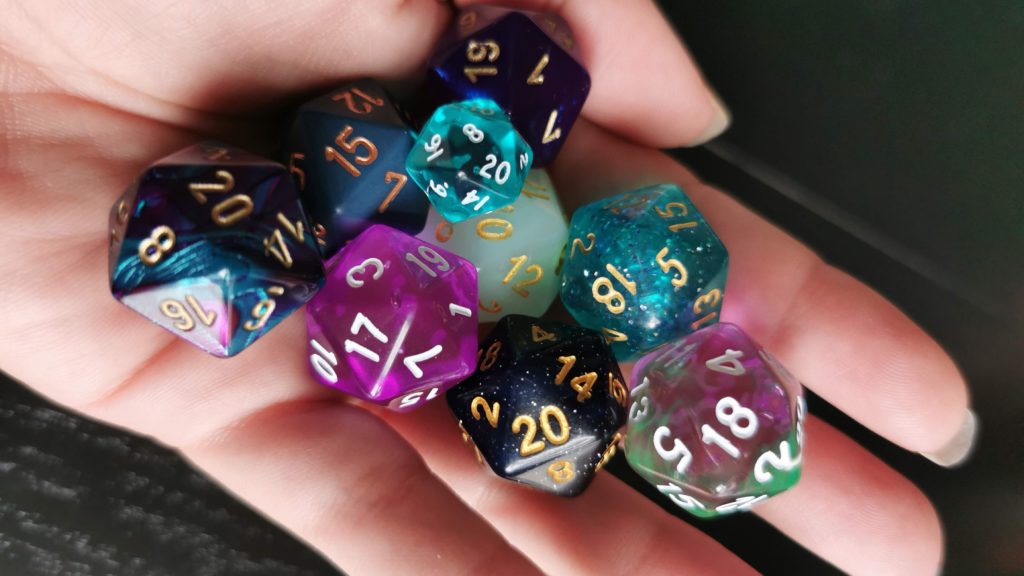
1. Why are all these wenches buxom?
There are so many taverns in D&D that it can be hard to create new and diverse bar staff without using the same words, but if I hear one more buxom barmaid being introduced, I might scream. It’s a trope I’ve seen in a lot of online streams – the typical big breasted bimbo / wench / gossip. Curvaceousness don’t need to come into it – this character exists only to be objectified, seduced or manipulated.
Why not try to convey the power she has over the room? For example, a laugh that glitters and fills the room from floors to rafters. Or a face and voice that had everyone in the room enraptured by her every word. Make her the subject of awe for the right reasons. Give your NPC the power that her male counterpart would have.
2. Why are all these dwarfs from Scotland?
I am terrible for this one. Scottish dwarfs are my go-to NPCs, mostly because Scottish is the one accent that I am really comfortable doing and can get right. I know that it’s probably not ideal to make all my dwarfs Scottish, and my half-lings sound like Samwise Gamgee… It might not be offensive but it’s definitely very trope-y!
Why not try creating characters without using regional accents? You can capture the spirit of a person through their language, their reactions, their mood, their demeanour. This blog post gives 5 great tips on how to flesh out your NPCs without accents – I recommend it to anyone looking to expand the ways they approach NPCs.
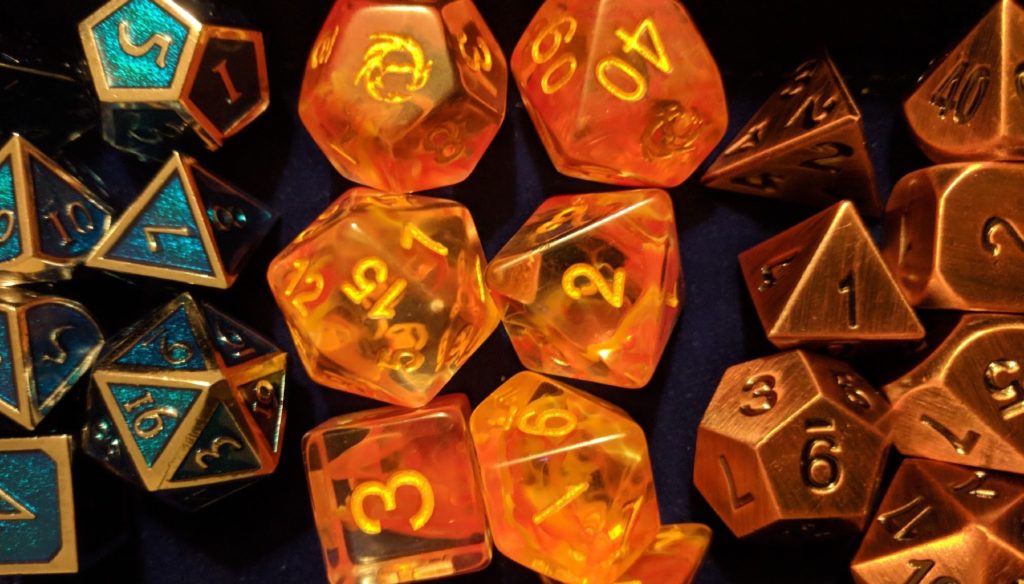
3. Damn! These gender norms got hands!
One trap I usually fall into is that all the dock workers, the farmers, the pub owners… all men. Where are the women? Likely being farmers’ wives or tavern wenches. It’s so hard to break these very easy stereotypes to fall into. Why is the woman not the one lugging the boxes into the ship, why is the man not the one baking the bread? And dare we mention the lack of non-binary or other gender identities?
Why not try taking a look at the NPCs you’re building and gender bend them? Better yet – don’t define them by their masculine and feminine traits, give someone’s job title / role, and see if the players “fill in the gaps”… then break their perceptions!
Related post: How to play a fighter in D&D
4. Where do orcses come from?
My DM shared a relatively simple and yet brilliant idea in our last game – a town where one species (typically labelled as “bad”) and humans (a standard, good/evil/whatever) race lived harmoniously under one rule. While this seems obvious, having a town full of orcs where we weren’t immediately terrified (at least, no more than normal when approaching town gates) was actually like nothing else I’d really seen. Sure, the party I play in are eclectic enough, consisting of a water genasi, tiefling, half elf, wood nymph and Triton, but the world around you, when following the “official” campaigns, can be quite 2-dimensional.
Why not try breaking even just a few of the preconceptions of certain races? This can, not only be more inclusive, but can also make your campaign more interesting! So why not steer away from the “drow mage” and the “half-orc warrior” and see how questioning these boundaries can help enrich your stories!
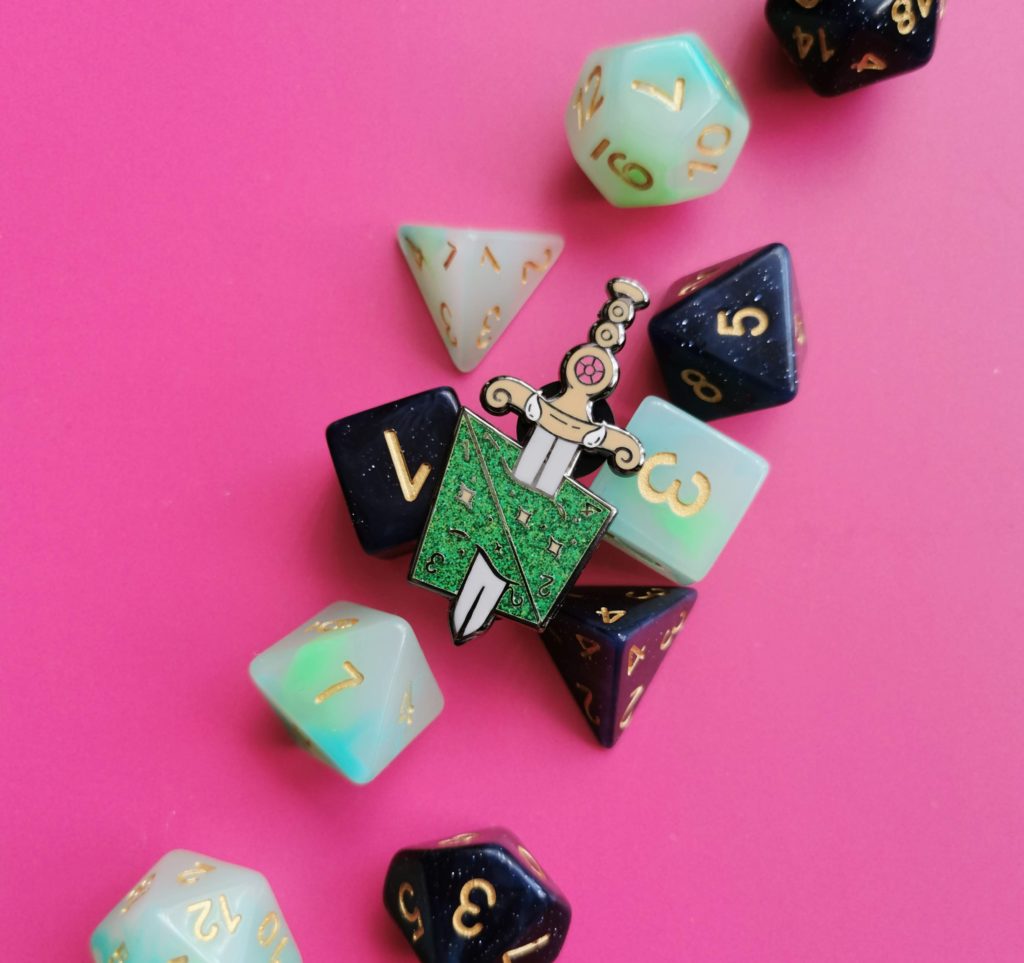
5. I need a healer!
I’ve also noticed that, in most campaigns, women are portrayed as those who give aid or those in need of help. They are rarely the protagonists or antagonists and often provide buffs, de-buffs and healing. I am trying to break these gender norms as I’ve started to DM for a few of my friends, and it’s incredible how woven they are into D&D stories.
Why not try giving players the chance to express their true character motives through play? There’s absolutely nothing wrong with a female healer, but where are all the men backing up the one true female warrior in the party? One thing I am so very grateful for is a campaign in which I can successfully express myself as a male character and be respected as one, and all of us being treated as equally important to the party. A great D&D group is hard to come by!
Thanks for reading!
What tropes have you come across in D&D? How do you and your DM challenge them?
What would you like to see more representation of in RPG?
